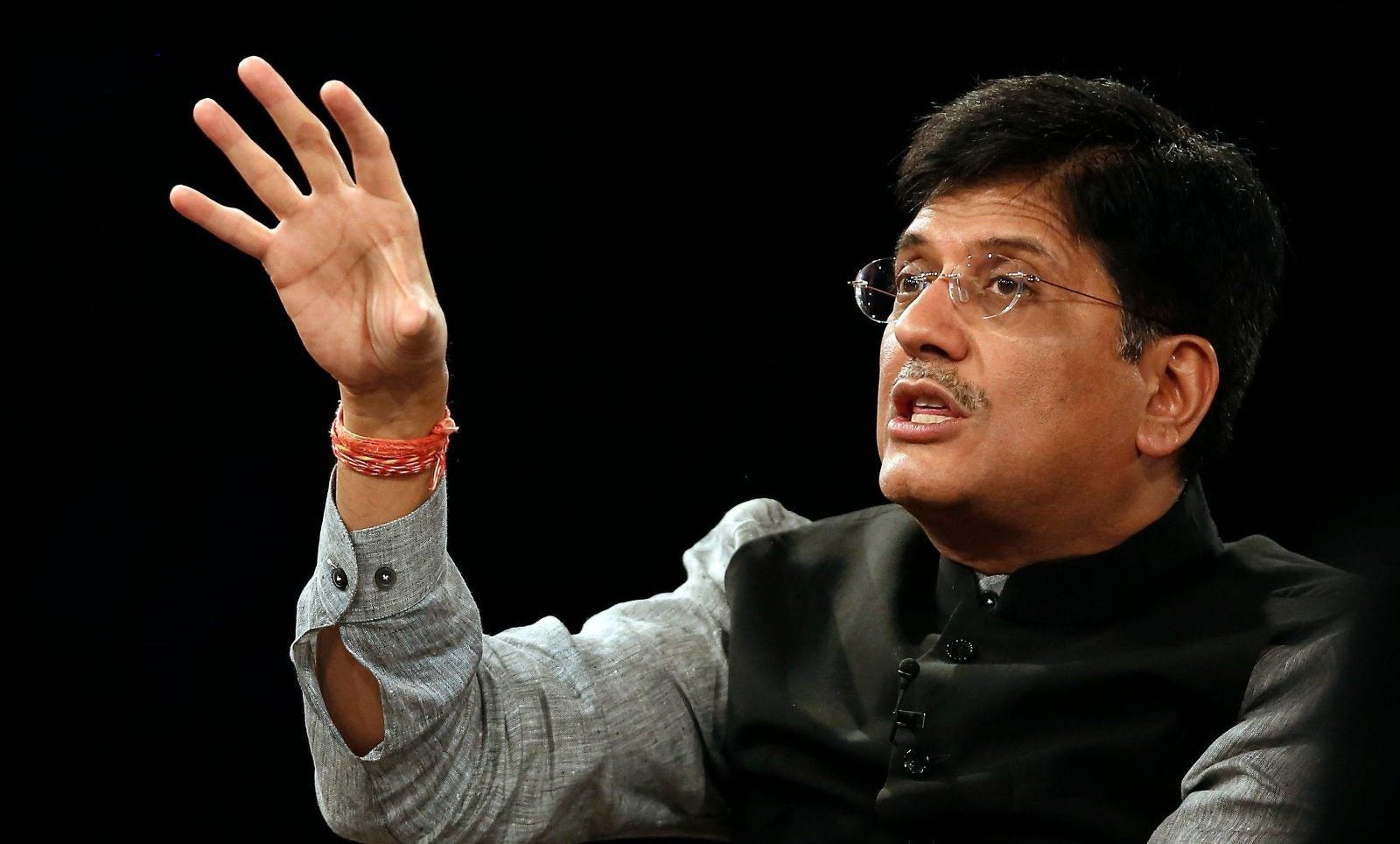There’s a way for the Modi government to help farmers without blowing its budget
The German statesman Otto von Bismarck once described politics as “the art of the possible.”


The German statesman Otto von Bismarck once described politics as “the art of the possible.”
On Feb. 01, India’s central government is likely to pursue the attainable in full earnest as it presents the last budget of its tenure. Even though this year’s will be an interim budget, the looming general election makes it a significant one.
Hence, one can expect largesse and sops, especially for the rural sector. And this can be done without upsetting the fiscal deficit—or the value of expenses over revenues.
Rural distress
Union minister Arun Jaitley, who has temporarily handed over charge of his finance portfolio to cabinet colleague Piyush Goyal, had indicated that these are unusual times for the farm sector. And unusual times call for some deviation in fiscal policy. Jaitley was alluding to the acute pain that has afflicted India’s rural sector, caused by “the surpluses in agricultural production” and the consequent price crash.
Indeed, the pain in the agriculture sector calls for urgent palliatives and since such measures have electoral significance, we can expect some important announcements in the interim budget.
A likely big bang announcement is a basic income entitlement to the distressed rural households on the lines of “quasi universal basic income” (QUBI) scheme suggested by a group of economists, including former chief economic advisor Arvind Subramanian. QUBI recommends a direct cash transfer of Rs18,000 ($253) a year to poor families in the rural sector based on the data available in the socio-economic caste census (SECC).
Fiscal discipline
It is important that a basic income scheme should be implemented without major fiscal slippage. This requires cutting down on subsidies like the ones on food and fertiliser. But this would be problematic in an election year and it remains to be seen how the government manages this challenge without breaching fiscal targets.
This year’s fiscal deficit target of 3.3% can still be achieved, even if through “creative accounting,” because macroeconomic tailwinds exist.
For one, global central banks will likely turn dovish and monetary policy may become more accommodative in 2019. Foreign investment inflows into emerging markets will accelerate and, along with strong domestic flows, they can support the domestic economy.
Another inevitability in 2019 would be interest rates heading south, since consumer price inflation (CPI) in December was at a comfortable 2.19%. The real interest rate in India is way too high, perhaps the highest among the large economies of the world.
This high real interest rate leaves a lot of room for rate cuts in 2019. The central bank is likely to shift its stance from calibrated tightening to neutral as early as in the February policy meet and, thereafter, moving to an accommodative policy stance with a rate cut in April policy.
The easing rates augur well for economic activity.
Ruchir Sharma, president of emerging markets at Morgan Stanley, wrote in his famous book Breakout Nations: “History suggests that economic development is like a game of snakes and ladders. There is no straight path to the top; and there are fewer ladders than snakes, which means that it is much easier to fall than to climb.”
India is presently very close to a ladder. The right policy initiatives, without slipping into fiscal profligacy and populism can facilitate the climb up the ladder. Let us hope the finance minister will rise to the occasion.
We welcome your comments at [email protected].